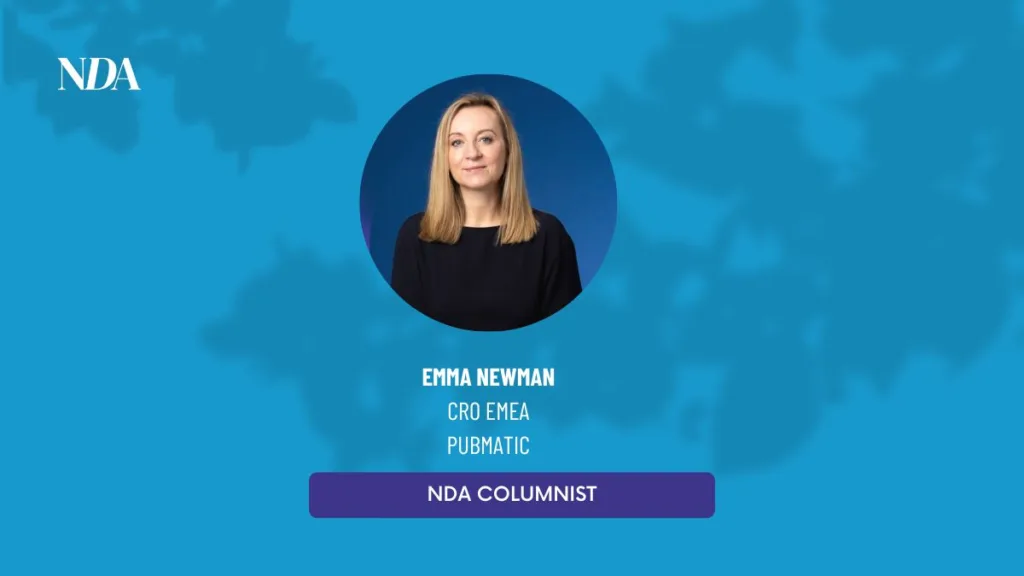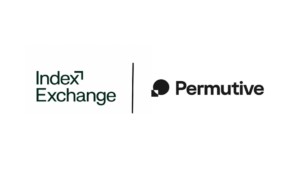Emma Newman is CRO EMEA at PubMatic and NDA’s regular columnist
The UK is in dire need of concrete climate action. Unfortunately, instead of decisive steps, we’re witnessing hesitancy and delay from the government, which puts us on the brink of missing our crucial emission reduction targets. It’s high time the industry prioritise short- and long-term initiatives to reduce emissions today and in the future thus providing future generations with greater environmental security.
The Ad Net Zero initiative has set an industry-wide commitment to reduce carbon emissions by 2030, and the time for action is now. We must shift our focus to implementing day-to-day actions that yield tangible results. This isn’t just an environmental imperative; it’s also a strategic business move, particularly for marketers. They must understand how to craft sustainable strategies that not only benefit the planet but also align with media and business objectives.
In this process, it’s important to consider potential compromises. What trade-offs, if any, will need to be made, and how can we navigate them effectively? It’s time for businesses and marketers to rise to the challenge of balancing sustainability with success.
Can being good for the environment also be good for your business?
From a marketing perspective, fewer ads, bought responsibly, equals lower carbon emissions. Using this as a starting point, one of the first things to look at is how to improve targeting and media buying processes in order to deliver the same business outcomes. If you can deliver those same outcomes with fewer ads and fewer intermediaries you effectively reduce the carbon. Good for the environment, and good for your business.
Putting that into practice can be challenging though as there are a multitude of factors that go into ensuring you’re buying the right ads from the right publishers. Nevertheless, programmatic media solutions, such as those that PubMatic provide, offer comprehensive options to enhance efficiency and effectiveness while aligning with environmental and business objectives.
For example, we’ve partnered with a company that enables us to stream video formats into ad units on publishers’ pages. The benefits of doing this are twofold. Firstly, streaming uses less carbon compared to other ad delivery methods. And secondly, the streaming technology lets us understand the user’s bandwidth in real-time and only deliver the ad when it’s fully viewable. Serving ads in this way also reduces latency and provides a better user experience. We’ve seen good uplifts in performance on campaigns that have used this approach too.
Another area we’ve explored is improving match rate by applying audience targeting on the supply-side, as it offers a more direct route to publisher inventory. We’ve seen campaigns exceed industry benchmarks across their performance KPIs and improve match rates which has resulted in a significant reduction of wasted spend and therefore suppressed carbon emissions for those campaigns while hitting the media and business goals.
Not another KPI!
Today’s marketers are drowning in KPIs, from channel-specific metrics like view-through rate to cross-channel measures like attention. The challenge this creates is finding insight among swathes of data, and finding a common denominator which is both meaningful and spans multiple business goals.
Sustainability, or reducing carbon emissions, shouldn’t be thought of as ‘just another KPI’. Rather, it should be incorporated into performance measurement and evaluation alongside other goals. Some market solutions enable marketers to add carbon emissions as a KPI alongside their other goals and incorporate that into their bidding strategy. This level of transparency provides a greater understanding of which channels and campaigns are delivering against all relevant goals. This level of insight means that media planners can create the optimal media mix for minimal carbon emissions and maximum performance.
A responsible transparent foundation
Over the past year, we’ve embarked on an initiative to evaluate and accelerate our commitment to environmental sustainability as a core pillar of our holistic approach to building a responsible media supply chain. Every company is at a different stage of its sustainability journey, which makes it important to have conversations with your clients and partners about what their goals are, what they’ve tried, and results they’ve seen from different initiatives so far.
This year, we conducted our first global carbon footprint analysis in accordance with the Greenhouse Gas (GHG) Protocol with the climate and media experts at 51 to Carbon Zero and our proud to share that PubMatic operates with a significantly lower carbon intensity per full-time employee compared to the industry average.

*Based on scope 1 and 2 emissions, plus business travel and waste only, per Ad Net Zero published industry average of 3.4 TCO2e/FTE
Source: 51 to Carbon Zero carried out an assessment of our business operations from January 1, 2022 to December 31, 2022, in alignment with the GHG Protocol reporting standards. followed an Operational Control approach which involved reporting on everything where PubMatic has complete authority to create and apply operating policies.
We intend to go further. We will continue our efforts by developing science-based targets to decarbonise our operations and run a more sustainable business, thereby supporting our clients and partners in achieving their own sustainability goals and advancing the decarbonisation of the digital advertising industry as a whole.
Leveraging the collective power of connectivity
The digital advertising industry is a complex one, and where there is complexity there is waste both in terms of money and carbon emissions. Unravelling this complexity is where we need to focus collectively. The connectivity of our industry means that anything a publisher does to reduce their carbon emissions positively impacts the buy-side too and vice versa.
This effect is mirrored through the whole supply chain; anything done to reduce carbon emissions at any point benefits the entire ecosystem. This is what makes our collective effort so important – together, we can make a big difference through many small changes. Additionally, we each need to help drive understanding across the whole industry, not just individual campaigns, and thus accelerate the improvements that are possible by providing marketers with actionable insights and learnings.












